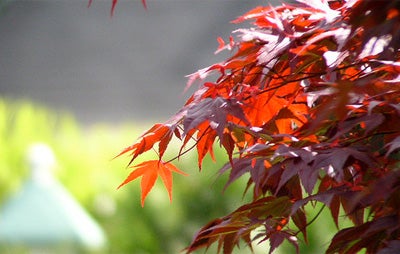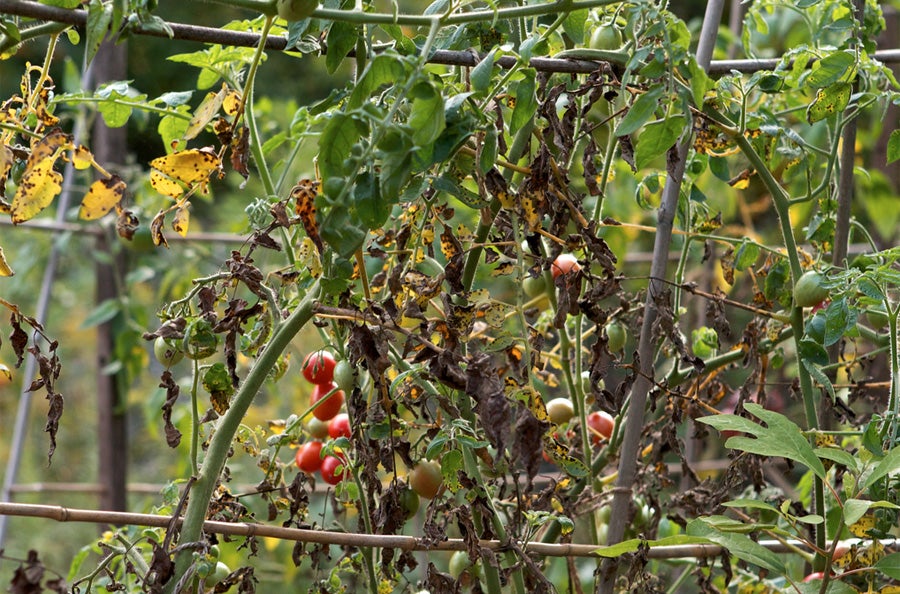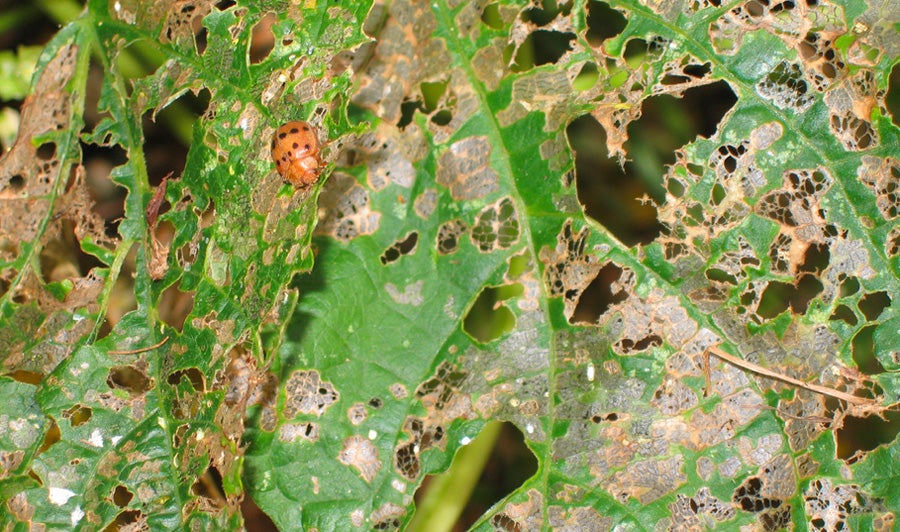Ten tips for an awesome autumn!
ListenMike discusses drying hydrangeas for re-use, what to do if your dog eats your potted Japanese maple, regrowing tomato plants next season, storing and caring for amaryllis, the difference between lady bugs and Mexican bean beetles and his top ten tips for an awesome autumn.
Read Mike’s top ten tips for fall along with one big DON’T! »
Highlights from show for October 19, 2013:
Drying hydrangeas for re-use
Terri from Vineland, New Jersey has some tips on drying hydrangeas after hearing a caller in a previous show who wanted to dead head the decaying blooms. She gives tips on drying the blooms and cutting them a little earlier to preserve their beautiful color through the fall and winter, indoors. She explains that there are lots of different types of hydrangeas out there, but the most common and the type most gardeners are familiar with is the garden hydrangea. The ones that are pink and blue in color. Wait into September or right after they start to turn dusky and antique looking and cut an inch or two of stem. The longer you wait the more the color changes. After you cut them clip them to your curtains with clothes pins to dry for a couple of weeks and you not only get a pretty display indoors, but they can be Christmas ornaments too.
My dog ate my Japanese maple
Whitney in South Philadelphia (Pennsylvania) has a Japanese maple that her dog, Buster, bit in half. Now the bottom of the tree is going crazy with new growth, but what should she do to help this tree? Mike exclaims that in his 15 years of doing the show he has never heard of a dog biting a tree in half, but once he hears that this tree is in a pot he says, “Trees in pots may meet a demise without a dog being involved.” Since Whitney has no space to put the tree in the ground he advises to just leave it alone and while it might not become a full tree again she might enjoy a red maple bush next year.
“Trees in pots may meet a demise without a dog being involved.”
Mike McGrath
-

Photo by Flickr user Max
Regrowing tomato plants
David in Cherry Hill, New Jersey is the accidental gardener who discovered a cherry tomato plant growing on the side of his house that is producing abundantly, but now he wants to know will it come back again next year? Mike explains “Oh yeah!” “Once you have a cherry tomato plant and you allow one over ripe tomato to hit the soil you will always have cherry tomatoes” But if David wants to make sure that he gets the plant back next year he can save the seeds with a simple process of getting the gelatinous coating off the seeds and letting them dry out. This plant most likely sprouted because a squirrel dropped a tomato or something came over from his neighbor and planted itself in the soil. So, David can assume he will be a cherry tomato grower for a long time.
Storing and caring for amaryllis
Tom in Nashville, Tennessee was over summering amaryllis and now he has taken them out of the pots and is ready to harvest them. He wants to know if he can cut the leaves off right away or should he let them wither on their own? These are the flowers that most people try to force to bloom during the holidays. After they finished blooming in pots inside he planted them all outside. Mike explains that “after the flowers are gone the leaves are there to facilitate the growth of a flower inside”, the leaves store sunlight and nutrition that gives them the energy for next year. Mike says: “I see no harm in leaving the greenery, obviously in storage for a couple of months they will turn brown naturally.”
That’s not a lady bug — it’s a Mexican bean beetle
Tara in Reading, Pennsylvania just started gardening this year and has learned a lot, but is trying to garden organically and has run into her first pest problem. Lady bugs are eating her string beans. They are not lady bugs, Mike explains. “You have what’s known as the Mexican bean beetle.” The adults look remarkably simmilar. One easy way to tell them apart is the larvae that are nasty looking. Tara used Pole beans in a flat ground garden, but Mike urges to build a couple of raised beds next season and use a pressurized sprayer to knock the beetles off the plants when they first appear and also get a bird bath to invite birds into the garden as well as toads. That’s your best defense, Mike says. “Toads on the ground, birds in the air and a good raised bed with fertile soil.”
WHYY is your source for fact-based, in-depth journalism and information. As a nonprofit organization, we rely on financial support from readers like you. Please give today.




